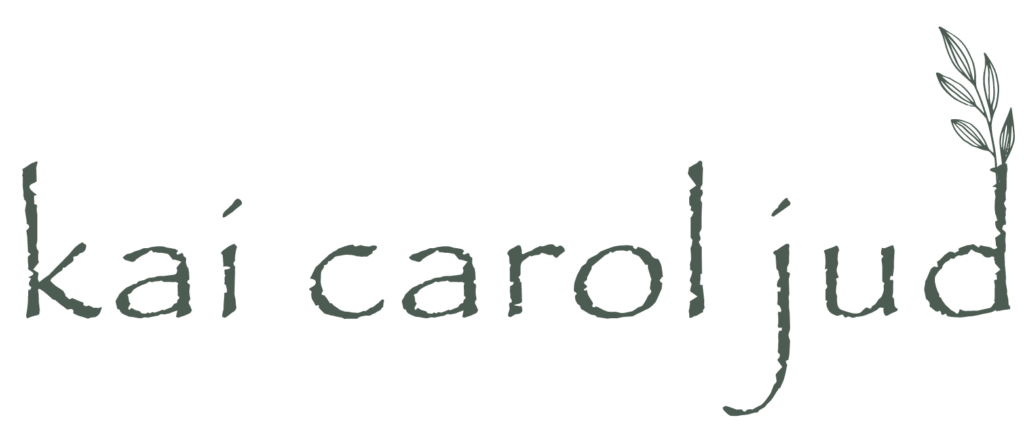On the edge of my property grows a kiwi bush. Before I moved to my little blue house in the woods, I only knew kiwis from the fuzzy, green oval globes in the grocery store. It never occurred to me to wonder how these fruits grew or what it meant to be the caretaker of such a plant.
The kiwis are a much smaller version of the supermarket variety, but they are sweet, and whatever is not eaten by the birds is a treat.
However, there is one problem. This plant has no boundaries. When I moved in nine years ago, I was told that my landlady and her friend had literally bulldozed the bush to the ground. When I moved in only a year or so later, it had grown to the size of a VW bus. Last summer, it had doubled in size, and I needed to prune it every other day to prevent it from reaching out in the road or wrapping itself around my tomato plants and raspberry bushes in the garden on the other side. Because of my intense pruning, the fruit never blossomed and so never bore fruit.
This spring, I was determined to create boundaries for this wildly prolific plant while encouraging it to make fruit. I spent two intense hours pulling, clipping, ripping, and removing everything that no longer supported the plants best interests.
Inside the parameters of the bush, a whole community had grown — a sumac tree with a three-inch diameter, concord grape vines that had entangled themselves around the kiwis branches, a few vigorous oak and maple seedlings that hoped one day to become giants, and some unoccupied bird nests. It was a complicated tangle of connections that I could not fully understand.
I did my best to tug on the jumble of branches to determine what was dead and needed to be removed and what was alive, but sometimes it was hard to get back to the source to be sure.
Was I destroying a link to the life force or getting rid of what was dead and useless?
I was grateful when it was easy. When the branch snapped, I knew that there was no longer any life energy moving through. But sometimes, I just had to take a chance and make my best bet.
The longer I worked, the more I was determined to remove the extraneous, even if there was a chance that I was cutting something important. I intended to create a more robust, healthier plant, and the more I pruned, the more I understood that for increased health and growth, I had to be willing to let go of some of what I had previously thought was important.
As I kept cutting, I started thinking about what it takes to allow change to move in my life. When my husband Chris and I decided to go on the road in 2005, we heard an inner voice saying that our life was too small and we needed to let go. We had no idea what we were moving toward. We had no goal, destination, desire, or preference. We simply knew that the old had to go.
We sold our houses and gave away or stored our belongings. That was the easy part. The hard part was letting go of old friends, a familiar and loved home, and the feeling that our life was solid and that we knew what we wanted.
Our adventure of seven years on the road was the adventure of a lifetime. We grew in unimaginable ways that could never have been possible without letting go of the familiar.
My Kiwi bush has also grown up in unimaginable ways. In the early spring, it looked so bare that I was afraid I had irrevocably harmed it by my brutal pruning. Two months later, it filled out in a lush way that I had never seen before. It is not what it used to be, but it is something new, alive, and with any luck, it will bear fruit.

